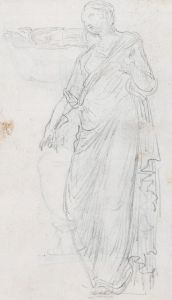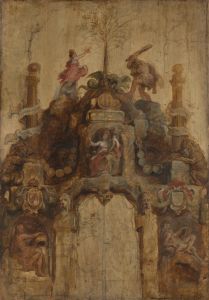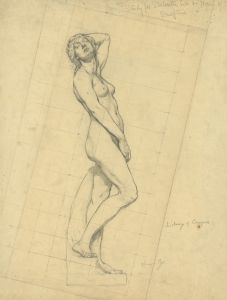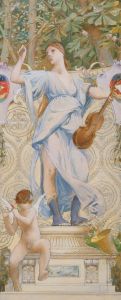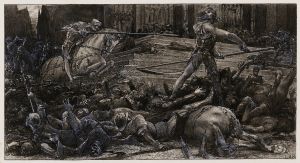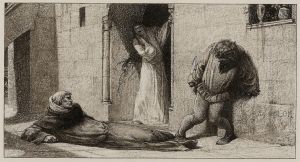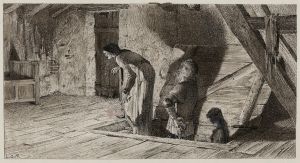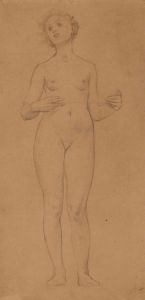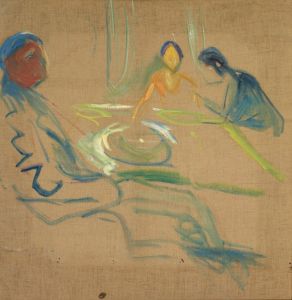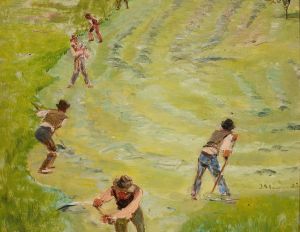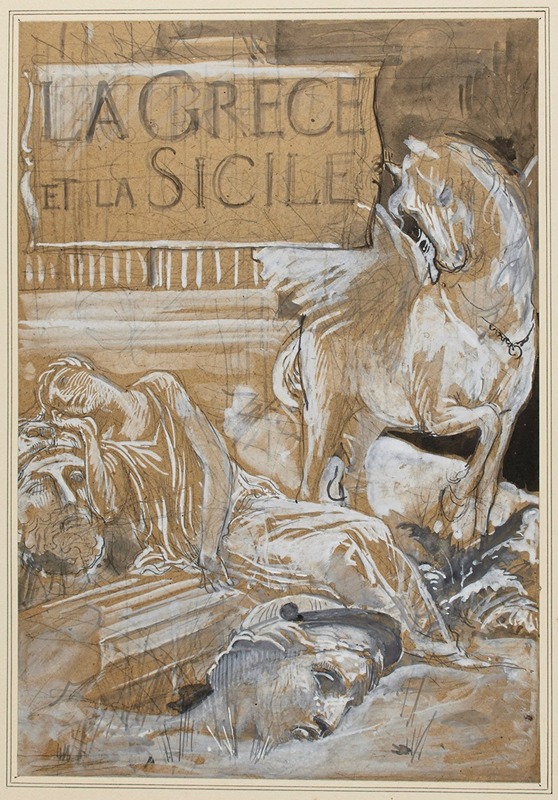
La Crece et la Sicile
A hand-painted replica of Luc-Olivier Merson’s masterpiece La Crece et la Sicile, meticulously crafted by professional artists to capture the true essence of the original. Each piece is created with museum-quality canvas and rare mineral pigments, carefully painted by experienced artists with delicate brushstrokes and rich, layered colors to perfectly recreate the texture of the original artwork. Unlike machine-printed reproductions, this hand-painted version brings the painting to life, infused with the artist’s emotions and skill in every stroke. Whether for personal collection or home decoration, it instantly elevates the artistic atmosphere of any space.
Luc-Olivier Merson was a notable French painter and illustrator, recognized for his contributions to the Symbolist movement in art. Born in Paris in 1846, Merson was a student of the École des Beaux-Arts and studied under the tutelage of Gustave Chassevent-Bacques and Isidore Pils. His work is characterized by a meticulous attention to detail and a penchant for historical and allegorical themes.
One of Merson's works, "La Crece et la Sicile," reflects his interest in historical subjects, though specific details about this painting are not widely documented. Merson's oeuvre often included religious and mythological themes, and he was known for his ability to blend realism with imaginative elements, creating works that were both visually striking and intellectually engaging.
Merson gained significant recognition during his lifetime, winning the prestigious Prix de Rome in 1869, which allowed him to study at the Villa Medici in Rome. This experience profoundly influenced his artistic style, as he was exposed to classical art and architecture, which often informed the historical accuracy and depth of his later works.
Throughout his career, Merson was involved in various artistic endeavors beyond painting. He was a prolific illustrator, contributing to numerous publications, and his work was featured in books by authors such as Victor Hugo and Anatole France. Merson also designed postage stamps and banknotes, showcasing his versatility as an artist.
In addition to his artistic achievements, Merson was a respected teacher. He taught at the École des Beaux-Arts in Paris, where he influenced a new generation of artists. His dedication to art education and his impact on students further cemented his legacy in the art world.
Merson's work was well-received during his lifetime, and he exhibited regularly at the Salon, the official art exhibition of the Académie des Beaux-Arts in Paris. His paintings were known for their narrative quality and often depicted scenes from history, literature, and religion, rendered with a keen eye for detail and composition.
Despite the lack of specific information about "La Crece et la Sicile," Merson's body of work as a whole reflects his mastery of technique and his ability to convey complex themes through art. His contributions to the Symbolist movement and his influence on both his contemporaries and students highlight his significance in the history of French art.
Luc-Olivier Merson passed away in 1920, leaving behind a legacy of artistic excellence and innovation. His works continue to be studied and appreciated for their historical significance and artistic merit, and they remain a testament to his skill and creativity as an artist.





